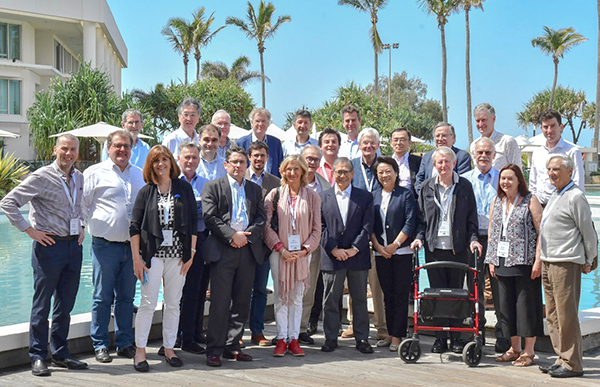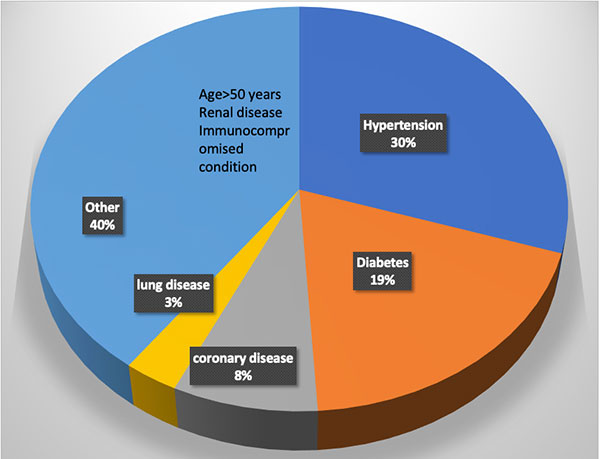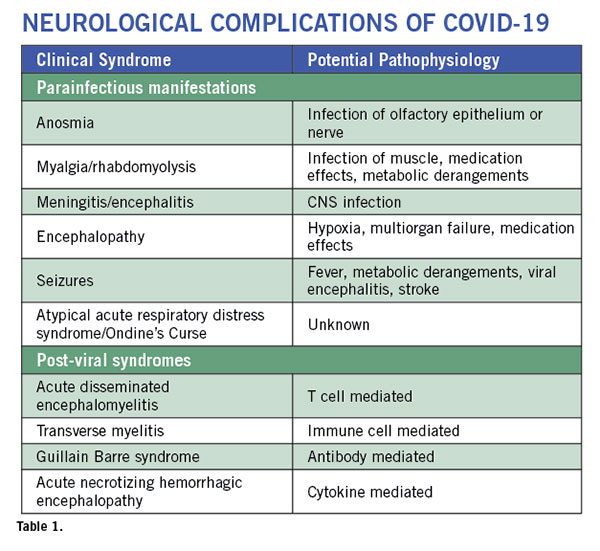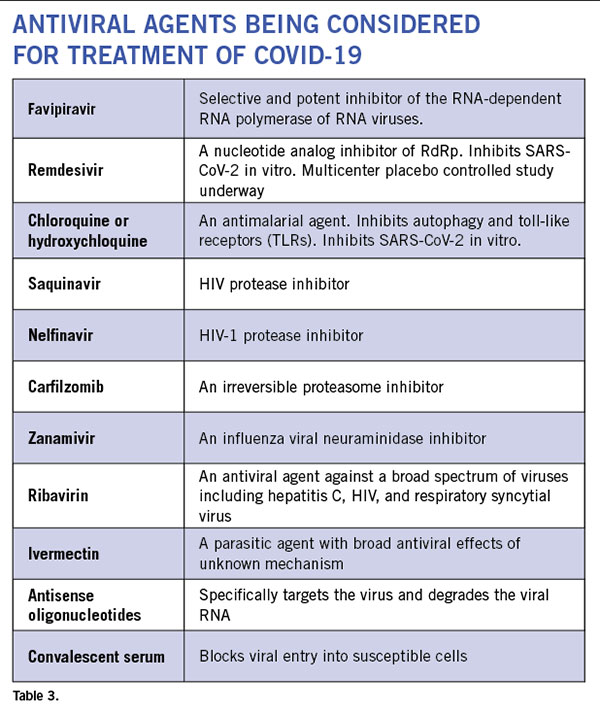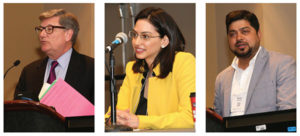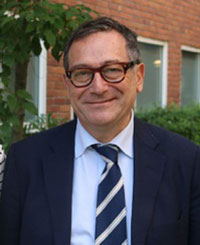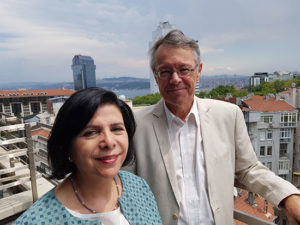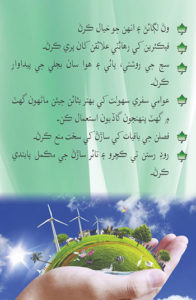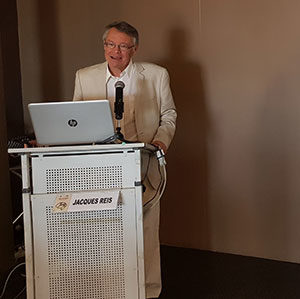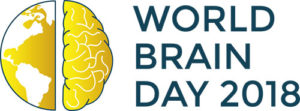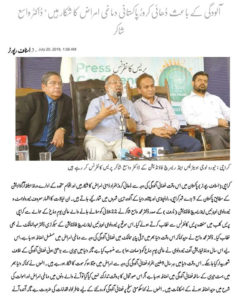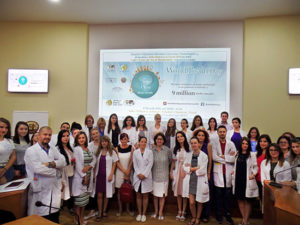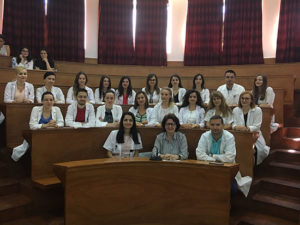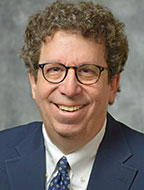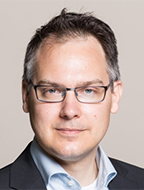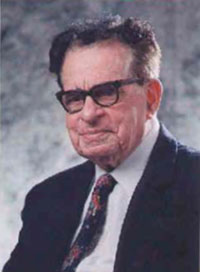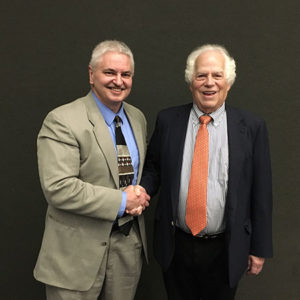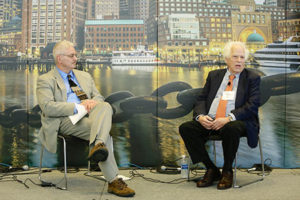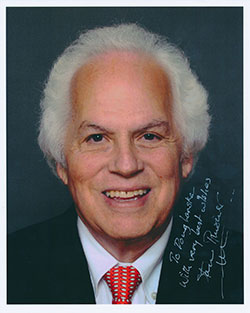By Wolfgang Grisold, Claire J. Creutzfeldt, Gillian Mead, and Fergus N. Doubal
During the World Stroke Organization (WSO)-European Stroke Organization (ESO) Congress (https://eso-wso-conference.org), a teaching course on palliative care issues in patients with stroke was offered. There were four speakers: Wolfgang Grisold (Austria), Claire J. Creutzfeldt (U.S.), Gillian Mead (U.K.), and Fergus N. Doubal (U.K.). They presented four lectures.
This initiative deserves merit, as despite much progress in palliative care in many aspects of neurology, there is considerable scope for improving palliative care in stroke. Stroke is the most frequent neurological disease globally and the leading cause of disability adjusted life-years and deaths due to neurological diseases. Therefore, such an initiative is important, and, as this teaching course showed, has many facets to be discussed.
Wolfgang Grisold (Austria)
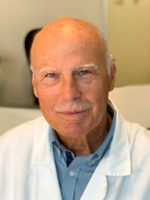
Wolfgang Grisold
W. Grisold gave an outline on the present international guidelines on palliative care in stroke. Guidelines are elaborate and define the need and the role. In addition, there is also a U.K. patient guide that is helpful. Most of the guidelines are aimed at the acute and subacute setting of stroke, and further work needs to be done for the long trajectory of stroke survivors.
Attention also needs to be given to individuals with disturbed consciousness, cognitive impairment, and speech disorders, who often can not actively participate in the process of decision-making.
From the conceptual and cultural point of view, it has to be acknowledged that the concept of palliative care is based on the patient autonomy, which is culturally perceived differently.
Claire J. Creutzfeld (U.S.)
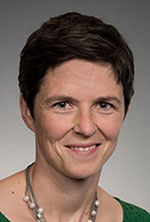
Claire J. Creutzfeld
The issue of integrating palliative care and serious illness communication into high quality stroke care was addressed by C.J. Creutzfeldt. The different disease trajectories were discussed and compared with those of other illnesses often considered for palliative care, such as cancer. Building a partnership with the patient and his or her family, communicating transparently and discussing hope with both realism and compassion are key skills for stroke providers. Dr. Creutzfeldt gave a strong testimony of the need for palliative care in stroke with the goal of improving communication, decision-making, quality of life, and quality of end of life for patients with stroke and their families.
Gillian Mead (U.K.)
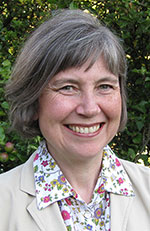
Gillian Mead
Gillian Mead emphasized the role of families and also the importance of communication. An important issue is what the individual expectancy for patients with severe stroke is, and if this would change at different time points during their disease, as survival often ensues with severe disability.
Reference to the study of Kendall et al, 2018, was made, which posed the question of outcomes, experiences, and palliative care in stroke.
One result was that palliative care still has the connotation of withdrawal, or withholding, and “dual“ narratives should be avoided. The loss of the former self of the patient is an issue for the patient and for carers. Guiding through the moral maze in discussions with the family is important for providing emotional support and dignity.
Fergus Doubal (U.K.)
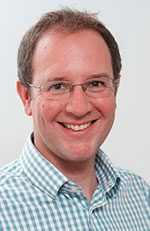
Fergus Doubal
Sudden death is common following stroke and can be due to several causes: immediate pressure effects from a large stroke causing brain edema, concurrent severe disease, often cardiac, infectious, and other medical complications, and also due to treatment withdrawal. In young adults, stroke is the fourth most common cause of sudden death after cardiac causes, pulmonary embolism, and infection.
When stroke causes sudden death, especially in younger patients, there is a preponderance of intracerebral hemorrhages compared to ischemic stroke. When stroke causes death within 24-48 hours, the rate of intracerebral hemorrhage is higher, but as time progresses ischemic stroke become more prevalent as a cause of death.
When death is sudden (within days), this can be challenging for patients, families, and health care professionals who often need to work together to make important yet time-critical shared decisions quickly. During this process, it is important to base decisions on the patient’s values and what they would consider to be an acceptable outcome with families acting as proxies should the patient not retain capacity to participate. Often death may not be considered the worst outcome compared to survival in a highly dependent state.
References for Further Reading:
Holloway RG et al. Palliative and End-of-Life Care in Stroke. Stroke 2014; Volume 45, Issue 6,1887-1916.
https://www.stroke.org.uk/resources/national-clinical-guideline-stroke-patient-version
Claire J. Creutzfeldt, et al. Symptomatic and Palliative Care for Stroke Survivors. J Gen Intern Med. 2012 Jul; 27(7): 853–860.
Marylin Kendall, et al. Outcomes, experiences and palliative care in major stroke: a multicentre, mixed-method, longitudinal study. CMAJ. 2018 Mar 5;190(9):E238-E246. doi: 10.1503/cmaj.170604.
Frederik Nybye Ågesen, et al. Sudden unexpected death caused by stroke: A nationwide study among children and young adults in Denmark Int J Stroke 2018 Apr;13(3):285-291. doi: 10.1177/1747493017724625. Epub 2017 Aug 1.
Wolfgand Grisold is Secretary-General of the WFN.
Claire J. Creutzfeldt is associate professor of neurology at the University of Washington – Harborview Medical Center in Seattle, Washington.
Gillian Mead is chair of Stroke and Elderly Care Medicine at the Center for Clinical Brain Sciences, University of Edinburgh.
Fergus Doubal is the Stroke Association Garfield Weston Foundation Clinical Senior Lecturer,
NHS Scotland Research Fellow at the Center for Clinical Brain Sciences, University of Edinburgh.
